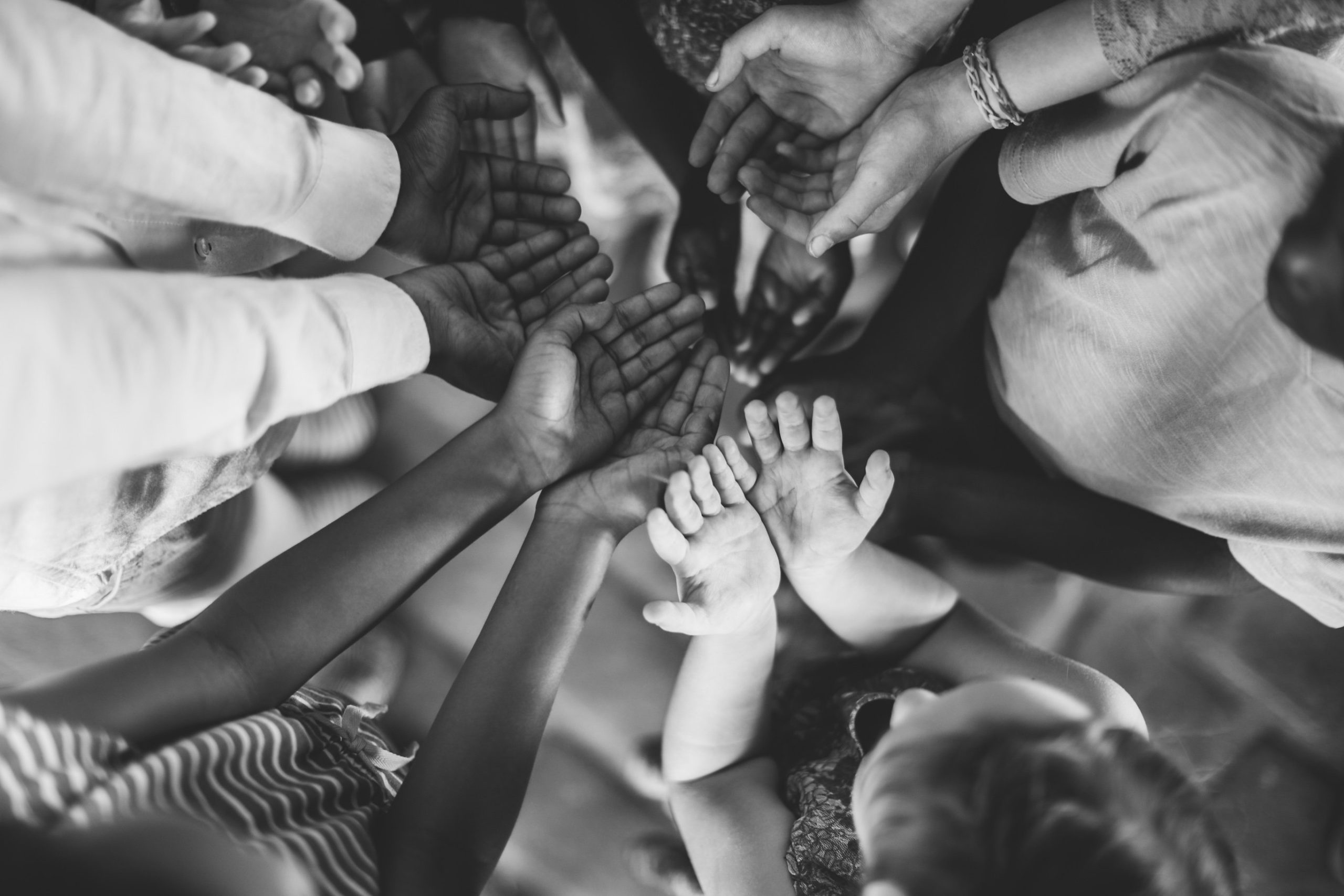Rick Morton, author of Know Orphans: Mobilizing the Church for Global Orphanology and Vice President of Engagement at Lifeline explains how to understand the number and definition of orphans in the world today.
Statistics most recently quoted by those inside and outside the orphan care community is that there are approximately 140 million orphans worldwide. This figure includes both “single” and “double” orphans. Single orphan is a term to describe a child who has lost one parent to death. Double orphan describes a child who has lost both parents to death. This number is confirmed by UNICEF, and although reasonably accurate, it can be misunderstood. Most notably, a glaring difficulty with relying on the UNICEF statistics is that the number of orphans reported by UNICEF represents children who are living in homes! Most of these children are not in need of adoption. Most are vulnerable and need the Church’s help to provide resources that will aid in orphan prevention. Although our call to care for those 140 million vulnerable children remains, the issue of orphan care around the globe and how we are to respond to them is complex. There is no one-size-fits-all solution to the global orphan crisis.
However, for many children, there is no hope of family reunification or of a thriving life outside of an orphanage. For them, adoption is the best solution for hope and a future. The UNICEF number often doesn’t include these children, as it does not include abandoned children, children living in institutions, or children living on the street. Ninety percent of these orphans are social orphans. They may have living parents or relatives, but, for varying circumstances not of their own fault, they are without a family influence in their lives. Many of these orphans do not maintain the possibility of that status changing. For them, adoption is their best solution.
We do not have a comprehensive count of children who stand in need of families in the world either through adoption or non-kinship foster care. This number would include double who are living outside of the care of extended family, orphaned children who have been abandoned by both of their living parents and extended family, and orphaned children who have been permanently removed from the care of their birth parents by government action for reasons of gross neglect and/or abuse. There are an estimated 8-10 million orphaned children living in institutions worldwide. All of these children are not adoptable, nor are they in need of adoption. But many are.
Children in Institutions
The institutions these children are growing up in around the world are as complex and different as the children who inhabit them and the circumstances that brought them there. Around the world, you can find everything from government-run orphanages to private group homes run by non-government organizations (NGOs). The philosophies of care these institutions operate under are as varied as the entities that have created and sponsor them. For instance, a typical model for a state-run institution in Eastern Europe is a like a self-contained ecosystem. The children eat, sleep, play, receive basic medical treatment, and even go to school all in the confines of the orphanage. All the children know of life once they come to live within the institution is viewed through the lens of the institution until the day they are launched into independence, and the focus of the institution isn’t really on preparing them for life after their time there. It is on running an efficient day-to-day operation with as few problems as possible. This means that things like laundry, meal preparation, and so on are done en masse by a staff of caregivers. The children are given little real freedom are not taught much responsibility that prepares them for an independent life. Moreover, the need to run an efficient organization on a large scale breeds something that always tends to have a policy-over-people feel.
At times, institutions are the only response to the immediacy of a crisis that causes mass orphans such as a civil war or a natural disaster. Other times, they may be the best solution to a poor situation like a home for severely physically and/or mentally challenged children in a country that otherwise lacks the infrastructure to deal with such conditions. Nevertheless, nearly all who have a stake in the worldwide orphan care conversation agree that institutional care should be a short-term, last-resort option for children whenever possible. For adoptable children in institutions, having a permanent family will change the trajectory of their lives from one of despair to one of hope.
Children on the Streets
None of the popularly referred-to orphan estimates account for street children. Although this population is composed of legitimate orphans, it also includes those who have been enslaved and trafficked for forced labor and/or sexual exploitation, or those forced to serve as child soldiers in wars and conflicts around the globe. Some of these children are not orphans at all. Instead, they are stolen or runaway children whose families are living and seeking their return. Those children don’t count as orphans, but they are intermingled with a significant number of orphans in an indistinguishable mass. Whether true orphans or not, both sets of this population are easily victimized because of a lack of familial ties.
Where to Go from Here
As you can see, understanding a biblical basis for our action helps to give us a basis for action, but how we should respond is the question. Because of the complex need to care for orphans globally, Lifeline takes a multi-reach approach. We advocate for family restoration, life skills training, orphan prevention, and sustainable resources. We also know that adoption is the best option for many children and work through stringent accreditation processes and partnerships to ensure ethical practices are carried out. When adoption is right, we want to walk with families whom God has called to grow their family through adoption. God sets the lonely in families, and we want to journey with those families to give children a gospel hope and future.

